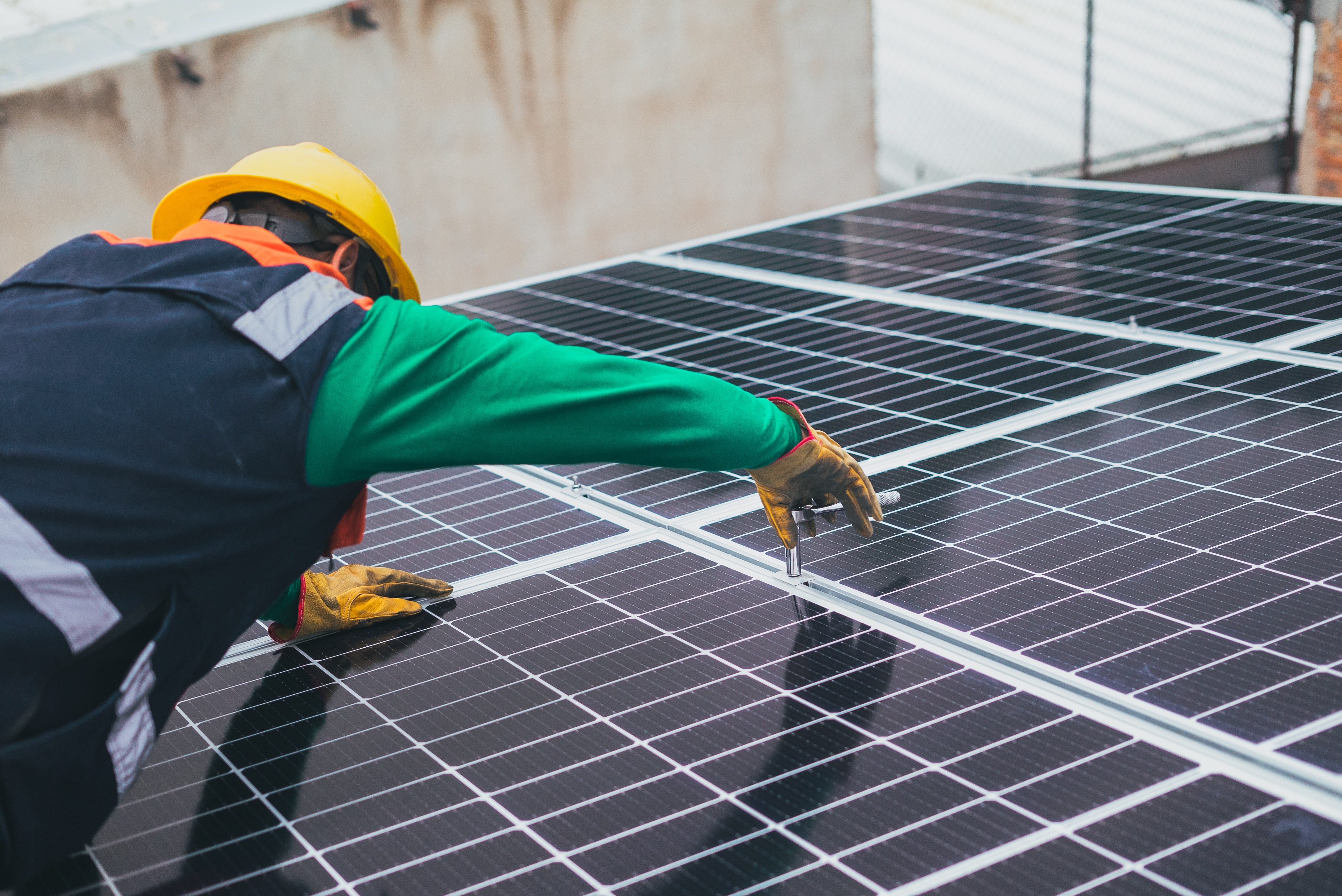Blog: What is Photovoltaic (PV) technology?
Photovoltaic (PV) technology has been gaining popularity as a sustainable energy source across the world. In the UK, the adoption of PV has grown significantly in recent years due to the government’s support and incentives. In this blog post, we will discuss the current state of PV in the UK, including its adoption rate, government support, and benefits.
What is the rate of PV adoption in the UK?
The adoption of PV technology has been growing rapidly in the UK in recent years. According to Solar Energy UK, there are currently more than one million PV installations in the UK. Most of these installations are on residential properties, but there are also many installations on commercial and industrial buildings.
In addition to the increasing number of installations, the capacity of PV installations in the UK has also been growing. According to the Department for Business, Energy, and Industrial Strategy (BEIS), the total installed capacity of PV in the UK was 13.3 GW in 2020. This represents a significant increase from the 1.5 GW installed capacity in 2014.
Is Government support available?
The UK government has been providing significant support and incentives to promote the adoption of PV technology. The main incentive is the Smart Export Guarantee (SEG) scheme. This replaced the FIT scheme and provides financial support to property owners who generate renewable energy using PV technology. Under the scheme, property owners receive payments for the energy they generate and export back to the grid.
The scheme has been very successful in promoting the adoption of PV technology in the UK. According to the Solar Energy UK, over 850,000 properties have installed PV systems under the scheme, generating more than 6 GW of renewable energy.
In addition to the FIT scheme, the government has also provided funding for research and development of PV technology, as well as tax incentives for businesses that invest in renewable energy.
What are the environmental and economic benefits?
The adoption of PV technology has significant environmental and economic benefits. One of the most significant benefits is the reduction of greenhouse gas emissions. PV technology generates electricity without emitting any greenhouse gases, making it a clean and sustainable energy source.
In addition to the environmental benefits, PV technology can also provide economic benefits to property owners. PV installations can significantly reduce energy bills and generate income through the FIT scheme. Furthermore, PV installations can increase the value of a property and provide a reliable source of income for property owners.
What are the challenges and opportunities?
Despite the growing adoption of PV technology in the UK, there are still some challenges that need to be addressed. One of the main challenges is the intermittency of PV technology. PV panels only generate electricity when there is sufficient sunlight, which means that energy storage systems are required to provide a reliable source of electricity when the sun is not shining.
However, there are many opportunities to overcome these challenges. Advances in energy storage technology, such as battery storage, are making it easier to store renewable energy generated by PV systems. In addition, improvements in PV technology are making it more efficient and cost-effective, which will continue to drive adoption.
What’s next for PV technology?
PV technology is becoming an increasingly popular choice for property owners in the UK. With government support and incentives, the adoption of PV technology is likely to continue to grow. The environmental and economic benefits of PV technology make it an attractive option for property owners looking to reduce their carbon footprint and generate income from renewable energy.
Are you considering installing PV technology?
We’d be more than happy to help! Our friendly team are always on hand to answer any questions you may have. Get in touch here or call us on 01980 625449 today to chat with our experts.








